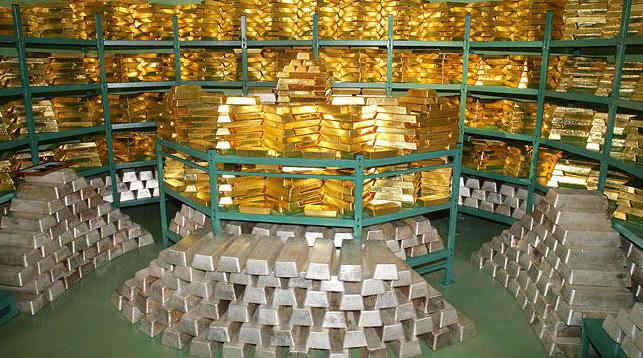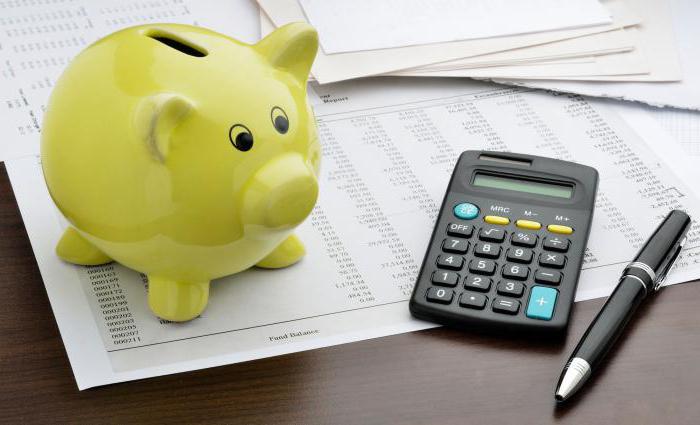A balance of payments deficit is an indicator reflecting a situation where the total net inflow of foreign currency funds to the state into current accounts and capital accounts is negative. As a rule, this happens when the receipt of imports prevails over the export of goods from the country. In addition, this situation develops with the negative dynamics of foreign exchange operations, when the national exchange rate falls.
Balance of payments deficit and ways to cover it
So. The deficit in this case can be eliminated by using the following methods:
- Creating favorable conditions by increasing capital inflows through attracting direct and portfolio investments.
- Decrease in official reserves. Official reserves increase with an increase in the active balance of payments, but the use of foreign exchange reserves has limited opportunities.
- Attraction of foreign loans.
- Exercise control over trade and financial flows.
- Prevention of unnatural growth in the exchange rate of foreign currencies by the state.
- Active use of the mechanism of interest rates.
Reasons for the deficit balance
Further. The list of reasons causing the balance of payments deficit:
1. High inflation and a decline in production.
2. Excessive weapons costs.
3. Low level of confidence in the state currency. This leads to the fact that most foreign investors transfer funds to other countries, where they will receive a higher income.
4. Discrimination against national goods outside the country.
5. Growth in other states of labor productivity.
How to cover the country's balance of payments deficit? Let's figure it out.
Repayment methods
- Provide the necessary level of labor productivity in the state.
- Strive to increase sales outside the country.
- Try to mitigate the manifestations of discriminatory policies pursued by other countries in relation to the state currency.
- To ask for help from other friendly states with a request that they take on a certain share of the costs and provide assistance.
- Maintain a course aimed at reducing demand for foreign goods and exerting pressure on the size of profits in industries where only export is possible.
- Resume protectionist policies.

Variations in the current balance of payments of one and the same state can change, developing in parallel with the rate at which the national economy is moving. The deficit balance is repaid with financing. What does it mean? The following methods are used to pay off the balance of payments deficit: current (temporary) financing, reserve financing and exclusive financing. More details.
Temporary Methods
In order. Temporary methods for deficit repayment include: using loans from foreign countries, introducing capital into the country, short-term loans by agreement between national banks, selling foreign securities and placing government securities outside the country.
So. With reserve financing, the government uses official foreign exchange reserves to pay off the deficit balance. What for? To balance the balance of payments. The finances of the reserve fund act as international highly liquid state assets controlled by its government.This reserve can be used at any time to finance the deficit balance and stabilize the state currency.
Reserve funds
Reserve funds are a combination of the following assets:
- Gold in coins - gold of the highest standard, located in the vault of the central bank, which at any time can be sold for foreign currency on the international market. Gold and foreign exchange reserves can be increased if monetization is carried out (purchase of extracted gold at the state reserve and purchase of marketable gold on the private market).

- Special drawing rights (SDRs) refers to a reserve asset issued by the International Monetary Fund and distributed between countries that are members of a membership according to their degree of participation. These funds are used to purchase foreign currencies, provide loans and make payments. States may implement SDRs to each other. But this resource does not represent more than three percent of the world's reserves and it does not play a very big role.
- A reserve in the international monetary fund is the sum of a reserved share of a country and the amount that the IMF owes to this state. The reserve stock is 25% of the state quota in the IMF capital and can be paid back to the state without any delays and conditions. The purchase of another state’s currency for national money in the reserve part, which is not defined as an IMF loan, will lead to an increase in the state’s reserve assets.
- Foreign exchange assets - as a rule, this is the most representative share of international assets. It consists of requirements in foreign currency to non-residents, as well as various kinds of securities issued by private enterprises and state bodies of foreign states.
- Other claims are all other claims indicated in foreign currency or securities, included in the international assets of the central bank.
Thus, the balance of payments deficit can be financed due to the fact that the official reserves of the Central Bank will be reduced.
Exceptional Financing
This type of financing is used in crisis conditions (when there is a negative balance of payments, which cannot be covered in the current year due to a decrease in reserve assets, since their volume is insufficient, or they cannot be used for these purposes by law). Exceptional financing refers to operations carried out by a country experiencing problems with a balance deficit, with the coordination and support of its foreign partners to reduce this deficit to the level that is routinely financed by conventional means.
Main actions
All actions within the framework of exclusive financing take place on any items of the balance of payments. And, as a rule, they are not isolated by a separate group. The most common of them are the following:
- The situation when the debt is canceled, that is, the creditor voluntarily refuses part of the debt or the entire amount, which is fixed in a special agreement between the creditor and the debtor. In the balance of payments, this transaction as a capital transfer in the account, which reflects the movement of capital.
- Replacing existing debts with shares, in this case, overdue debts and other debt obligations are replaced with shares of companies of the debtor state.
- The implementation of loans received by the state from other countries in order to finance the deficit balance, including loans provided by the international monetary fund.

- Reviewing the provisions of an existing contract or signing new agreements, which will provide for the restructuring of debt obligations.
- Overdue payments on debt - this method relates to emergency financing of the balance sheet; within its framework countries do not pay the indicated amounts on external debt obligations.
- Attraction of funds from abroad by other entities of the national economy, except for governmental and financial bodies.
Conclusion
Thus, we come to the conclusion that it is possible to rectify the situation by involving other countries, trying to weaken discriminatory movements, implementing programs aimed at increasing productivity, improving sales methods, and finding more effective ways to contain the pressure that exerts on increasing production costs. as well as other events. In general, we examined the balance of payments deficit.